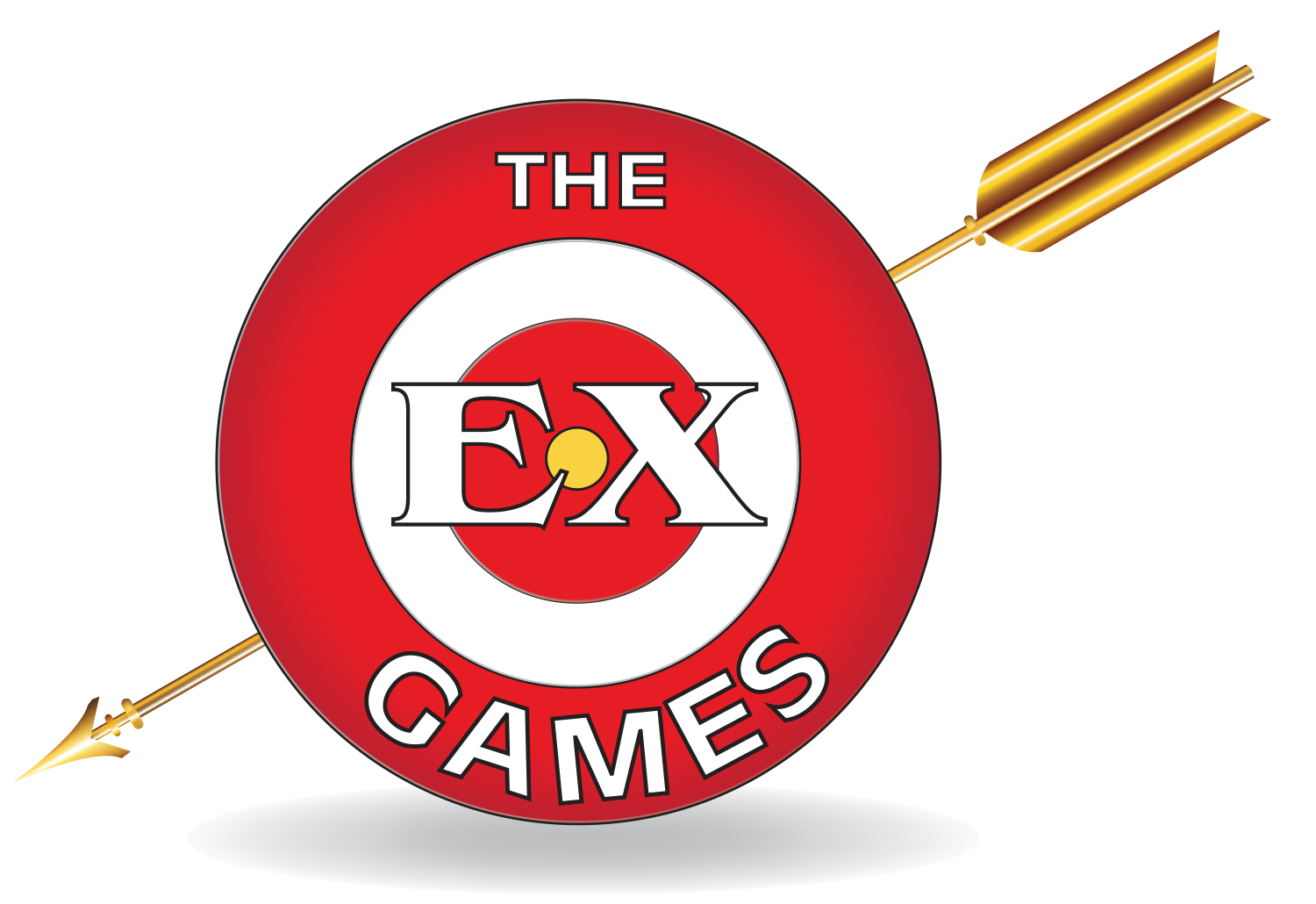Pain management is big business these days whether it is pharmaceuticals, hospitals, private treatment centres, mental health professionals, chiropractors, osteopaths, acupuncturists, herbalists, physiotherapists, . . . and the list goes on. Common afflictions that cause us pain can be from accidents, disease, or natural deterioration of the body. It can be short or long-term (chronic).
Even though my profession typically deals with psychic pain, it is not uncommon to have patients with attendant physical symptoms. This could be the direct result of physical abuse (torture, beatings), sexual abuse leaving long term reproductive and urinary tract pain and post-traumatic stress and physical injury from accidents. When I was working with male survivors of sexual abuse, I encountered an inordinate amount of severe back pain caused by spinal fusion or calcium deposits between the vertebrae.
Back pain is not limited to severe mental or physical trauma. Indeed, back pain is one of the biggest reasons for visiting your local medical doctor. Most population-based surveys of back pain report prevalence rates of 13%-44% and a lifetime prevalence of 60%-80%. A Saskatchewan study reported low back pain rates of 28.7%. Disability from back pain is the most common limitation in adults up to 45 years old and second only to arthritis in people 45 to 65 years.
The newest culprit is the computer. Within three hours 35% of computer users report low back pain. This rises to 45% after four hours. Furthermore, 50% of users have lax back muscles. Computer users are not the only people suffering from back pain. A sedentary lifestyle is a major contributor to back problems. The lifestyle starts early. In a long-term study of 10,000 twins (you read that correctly – that’s a lot of twins), it was found that back problems in childhood/adolescence carried over to adulthood.
Treatment for pain, and back pain in particular, follows a predictable pattern. Assuming your pain is believed, heaven help you if you have soft tissue damage from a car accident, you will be told that time heals. Which it does in many cases. You may be given a set of exercises to do. If the pain is persistent or intense you will be given pain-killers. This could range from Tylenol®, to gabapentin (also used to treat mania, depression and anxiety) and morphine. You may be given muscle relaxants and anti-inflammatory medications. You may take a course on pain management. You may be offered surgery or steroid injections in, around, or between your vertebrae.
There are alternate methods to treat back pain. Chiropractic and acupuncture are popular today. Herbs are also used to treat pain. Exercise therapy is recommended by both the traditional medical community and the alternative community, as is massage therapy. The purpose of physiotherapy is to increase flexibility, strength and endurance. Symptoms relief is assisted through hold/cold treatments, electrical stimulation and massage.
But what happens when pain persists? I get irritable. My mood plummets and concentration is difficult. Life becomes a pain – literally. It is not unusual for chronic pain sufferers to turn to legal or illegal drugs to cope and find some relief, even if it is only temporary. When we are in constant pain it is crucial to have hope for a better day. This is difficult if you have tried all known options for pain relief without success. One study found that depression or anxiety was diagnosed in 58% of patients with chronic pain. Not an encouraging statistic.
Some people are more sensitive to pain than others both on a physiological and on a psychological level. In the psychological community, research has shown that people who have a traumatic past cope less well with physical pain. There is a psychological aspect of pain. For instance, patients in a hospital, when given control of the amount of painkillers they receive through their IV drip, will use less than would be given by standard protocols (e.g., a nurse giving shots of a prescribed amount of morphine every four hours). Personality differences, outcome expectancies, and self-efficacy contribute to your ability to cope with pain.
Sometimes miracles occur. After 23 years of chronic pain, I started taking Yoga. Four months later my pain was gone and stayed absent for six years. I stopped Yoga last year. Guess what? My pain came back. I’m hoping for another miracle. I guess I’ll just have to take up Yoga again. Wish me well!
11 Pain Coping Tips
- Seek out treatment and follow the plan
- Be mentally active
- Be as physically active as possible
- Make a list of activities that take your mind off pain
- Do at least one activity everyday
- Help others (volunteer)
- Get out of the house
- Take a pain management course
- Consider psychotherapy
- Prayer and visualization.
- Reduce stress

